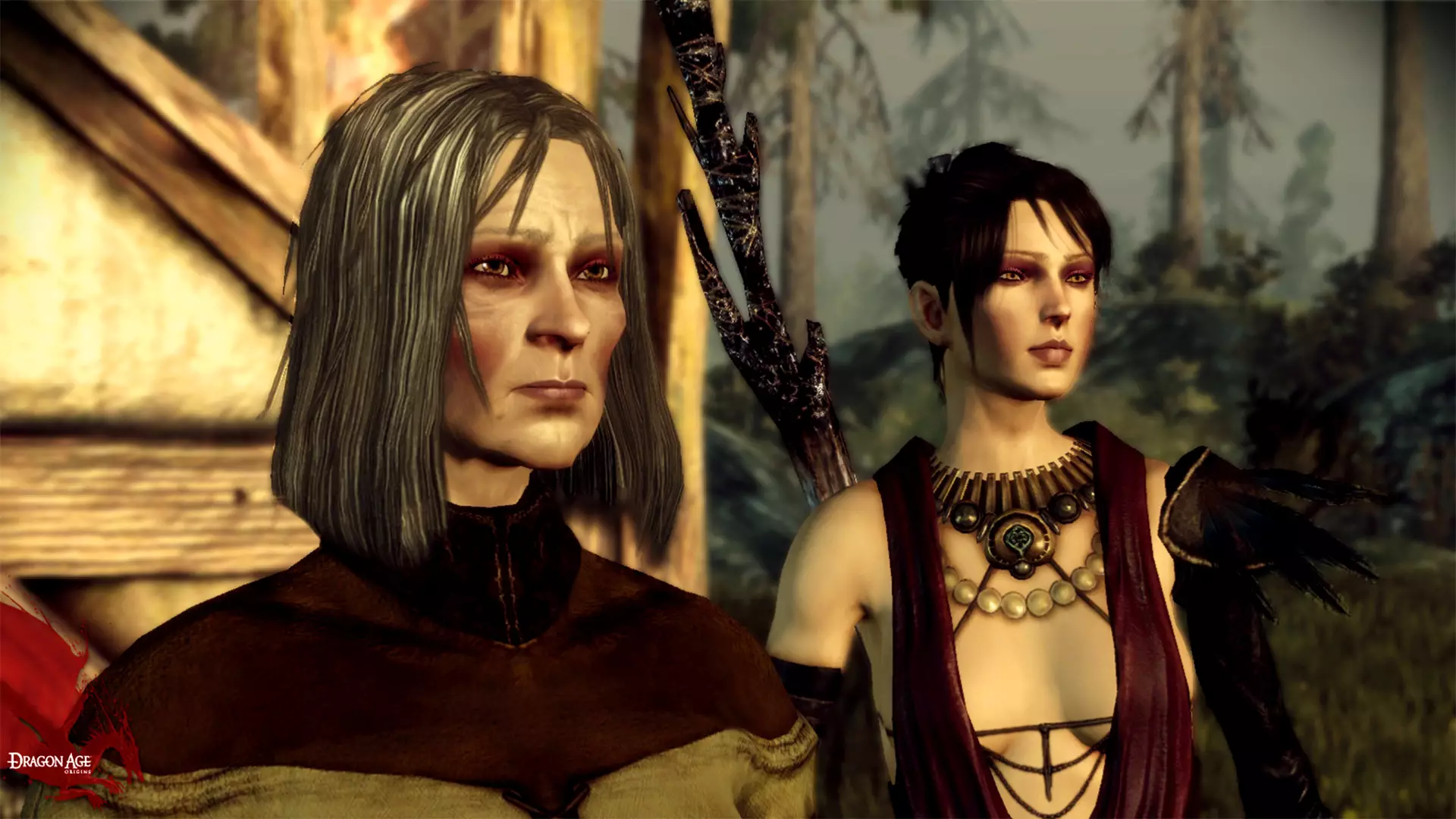In the realm of role-playing games (RPGs), romance has always played a pivotal role in shaping narratives and character development. However, the dialogue surrounding romance mechanics has evolved significantly over the years. David Gaider, the narrative lead behind titles such as “Dragon Age: Origins” and “Dragon Age: Inquisition,” expresses a compelling viewpoint that diverges from the current trend of universally accessible romances seen in titles like “Baldur’s Gate 3.” While the latter embraced a player-sexual approach, where characters are available for romantic entanglements regardless of the player’s gender, Gaider argues for a more nuanced, realistic portrayal of romantic dynamics.
The crux of Gaider’s argument centers on authenticity versus accessibility in character interactions. He draws attention to what he perceives as a growing divide among players: some crave the freedom to pursue any character romantically, while others yearn for relationships that mirror the complexities of real life, including the possibility of rejection. “This is one situation where you can’t do it both ways,” he states, signifying that the game design must prioritize one approach over the other. This point urges developers to consider how romantic mechanics can shape player experiences and character arcs profoundly.
The Case for Character Agency and Depth
One of Gaider’s most profound critiques of player-sexual characters is that they often strip characters of their depth and agency. When every character is designed to be easily romanceable, it diminishes the stakes of relational dynamics, leading to a more superficial engagement. Gaider believes that true connection requires effort and investment from the player. He states that characters should have their own narratives, motivations, and potential rivalries that exist independently of the player’s desires. “Maybe I had to earn their friendship,” he explains, encapsulating the idea that relationships in RPGs should not merely serve the player’s whims, but offer meaningful stakes.
This perspective invites players to engage with characters on a deeper level—fostering friendships, navigating conflicts, and earning trust. Such intricate dynamics can transform a relationship from a mere plot device into an essential part of the overall story. When characters have their own personalities and choices, players feel a sense of accomplishment and investment, making each successful romance a personal milestone rather than a mere clicking of options.
The Risks of Player-Sexual Mechanics
While player-sexual mechanics may seem advantageous by allowing wider engagement, they inherently come with risks that can limit creative storytelling. Gaider argues that in designing characters who are equally romanceable by all players, the narrative often has to accommodate the fantasy of universal attraction. This approach can squash the potential for rich storytelling where not every character needs to exist solely for romantic fulfillment. Instead, they could carry their own histories and conflicts that may or may not align with the player’s narrative arc.
Discussions around player-sexuality often spark debate about representation in games. Some players argue that having romance options linked to the player’s gender can restrict narrative avenues, while others believe that diverse representation matters and should come with careful and thoughtful consideration. Gaider acknowledges this dichotomy, but he advocates for characters that are more than just plot hooks for romance—ones with fears, ambitions, and moral dilemmas that players may navigate alongside their stories.
Lessons for Future RPGs
The dialogue sparked by Gaider presents an opportunity for future RPG developers to approach romance mechanics with fresh insight. As games continue to evolve, there is a palpable demand for storytelling that honors complexity and authenticity in character relationships. Players are increasingly seeking experiences that allow them to forge genuine connections, confront challenges, and navigate the uncertainties of relationships that mirror real life.
This can be a call to arms for developers not to shy away from creating characters with rich inner lives and motivations that influence their interactions with the player, including the possibility of unrequited love or friendship. By fostering environments where characters can have their own stories, developers can create a richer tapestry of narratives that not only engage players emotionally but also uphold the integrity of character development.
Embracing such complexity leads to a more immersive gaming experience, allowing players to traverse the delicate dance of relationships in a manner that feels both authentic and satisfying. As Gaider eloquently illustrates, RPGs hold the potential to transcend mere escapism, forging lasting emotional connections that resonate long after the screen goes dark.

